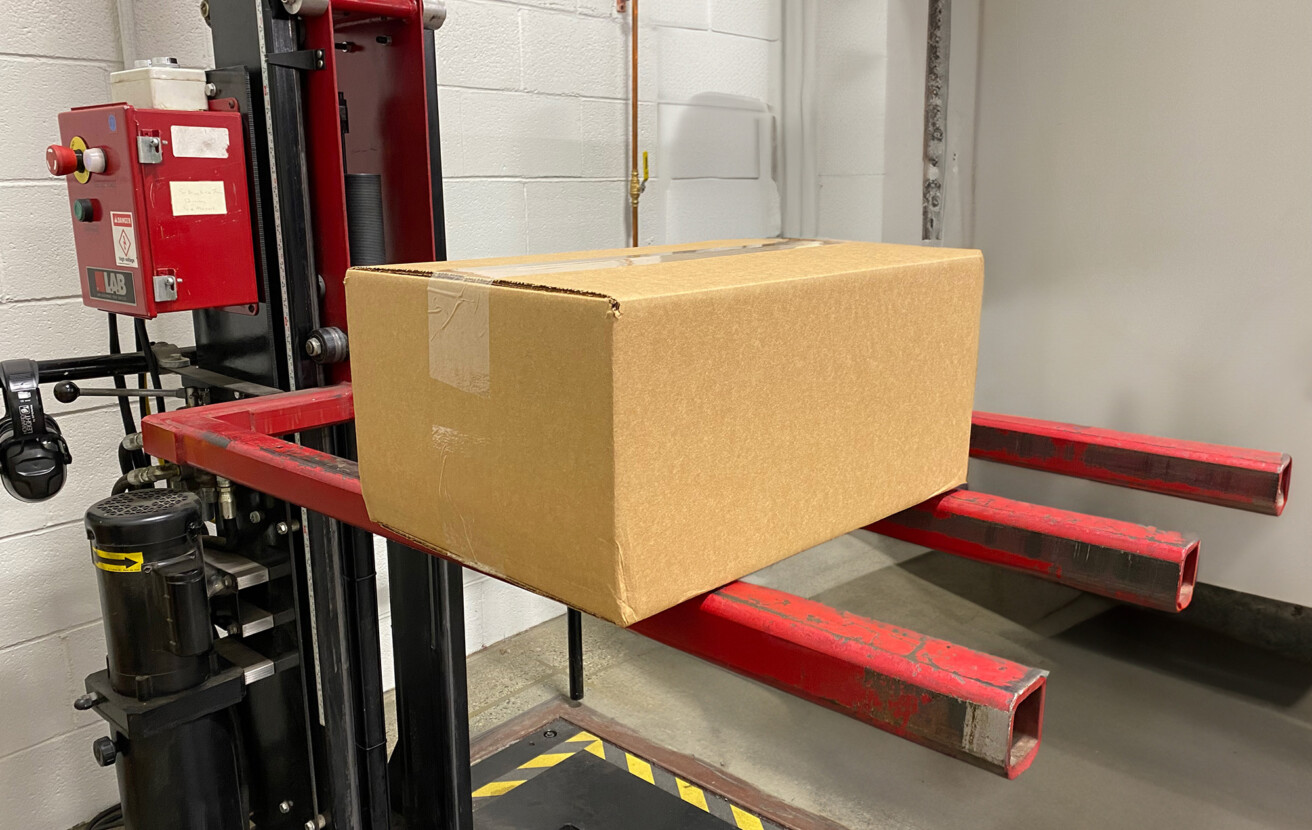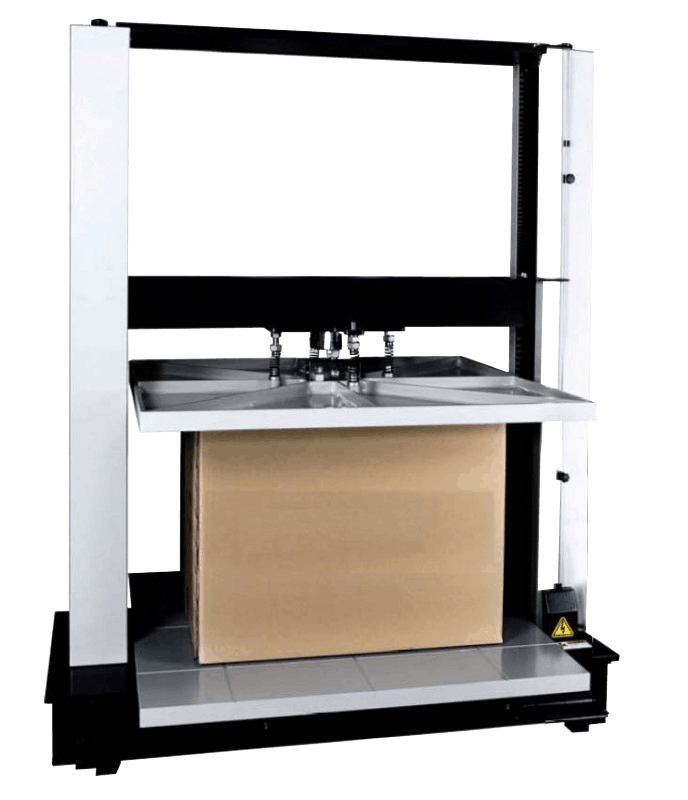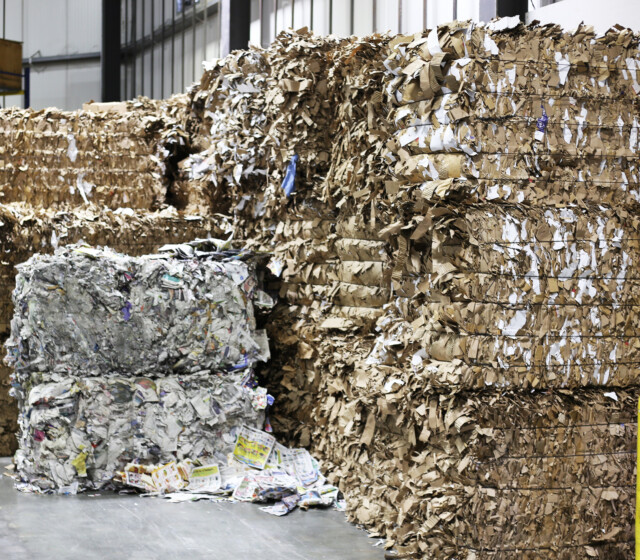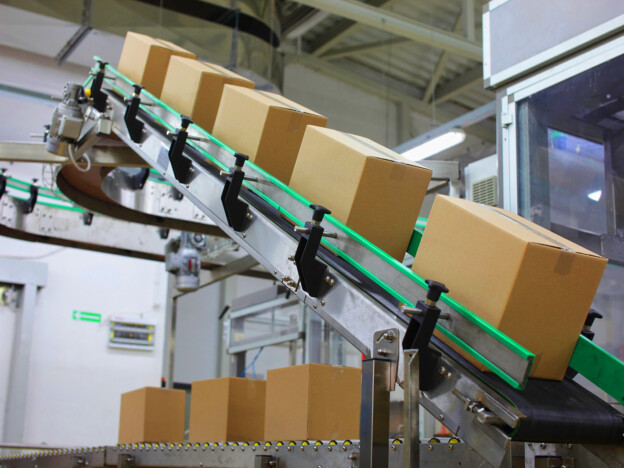Why Is Lab Testing Important to You?

The Importance of Lab Testing
When a package is shipped anywhere in the world, it is being trusted to protect the hard work, time and effort that someone put into creating something special. However, not all packages are created equal. There are different measures you can take to design a package that is capable of taking the vibration and drops that come with the long shipment process. But everyone wants to avoid spending any more on packaging than they have to. So the question is how do you find the perfect balance between getting enough protection while not wasting material or money?
Using a testing lab can help you find that balance. Labs will perform rigorous testing to simulate the long journey a product will take from the time it leaves the manufacturing plant, to the moment it reaches the customer’s doorstep.
The average package will go through 7 to 9 touch points throughout the shipping process. The first comes when the product is placed in its box and the last comes when it’s delivered. That’s a lot of touch points for package to go through and mistakes can happen. Not everyone throughout the process will take as much care with your package as you would.
If you operate in the e-commerce arena, your product will be handled even more. Packages shipped from e-commerce companies often go through more than 20 touch points.
These touch points usually vary in nature. The first is the when your product is taken off of the line and packaged. From that point, the product will be moved, sorted, loaded, unloaded, and loaded again. Now not every package you get is going to be dropped or mishandled. But the odds are that somewhere along that journey the package is going to be dinged up a bit. That’s nobody’s fault really. With common carriers moving as many packages, as quickly as they do, there are bound to be a few mistakes.
That’s the bad news. The good news is, you can plan to prevent these mistakes from damaging your products. By getting your packaging tested to the standards used by common carriers, you can certify that they are able to withstand the perils of their journey to your customer’s doorstep.
ISTA Shipping Standards
You may be asking yourself, “What are these standards? And where do they come from?” Well, rest assured; we’ve got the answer for you. The standards we are referring to are the ISTA shipping standards. ISTA stands for the International Safe Transit Association.
The ISTA has its origins way back in 1948, when someone noticed the increasing amount of porcelain product lost during shipment, and decided to act on it. Based on this, the ISTA was born. Although at the time it was known as the National Safe Transit Committee because it had yet to move across international borders.
This group is responsible for developing the standards and best practices for testing packages. In 1971 the United Parcel Service or UPS, saw the value of this package testing and adopted it. Later on FedEx also adopted package test standards.
You may be wondering why you should care that these companies have adopted ISTA standards. You should care because if one of your packages gets damaged in shipment, your customer will want their money back. You will most likely acquiesce and either give them a refund or a replacement product. But it’s not fair that you should have to lose time and money on a mistake that wasn’t your fault. You can file a claim with the carrier to cover your costs, and having your packaging ISTA certified will bolster your claim.

The Real Value of Package Testing
But the goal of lab testing your packaging isn’t to so you can be reimbursed for broken product; it is to avoid breaking products at all. In the e-commerce segment, about 20% of all returns are due to damaged products. Even if you do provide a refund to your customer, opening a package with damaged product inside is disappointing. An experience like this is going to leave a bad taste in your customer’s mouth.
As everyone knows it’s a lot easier to keep an existing customer than to find a new one. So making sure their first customer experience is one that they remember fondly is key to retaining a loyal customer.
On top of retaining loyal customers, making sure your product is properly packaged will save you money on manufacturing, labor, and time lost, all while reducing your environmental impact. We are going to give you a quick run down of just a few of the benefits provided by getting your packaging tested.
Save on Manufacturing
Your business won’t have to waste time, money and raw material reproducing something that you’ve already sold and shipped. Additionally, if you don’t test your packaging and your product breaks, you’ll end up redesigning your packaging anyways. Now, to run your new design you’ll also have to purchase a new cutting die. You might as well get it right the first time and use a testing lab to provide the packaging engineers with all of the information they need to properly protect your product.
Save on Handling Returns
Most businesses in America have trouble handling returns. Each year approximately 10% of all purchases made in the United States are returned. That’s equal to $260 billion dollars in sales. A lot of companies are investing in better solutions to handle returned inventory. However, they are overlooking the obvious solution. Prevent products from being returned at all by protecting them in transit. All businesses should get their packaging lab tested to prevent the return of items due to damage.
Save the Environment
For companies that pride themselves on being sustainable, damaged items take a great toll on the environment. The proper packaging could spare about 5 billion pounds of broken and damaged products from ending up in the landfill. People often see extra packaging as waste. However, packaging that offers the proper protection can prevent you from having to use an entirely new package to re-ship a product to your customer.




